Date: 30 September 2015
The region DACH had value for Daylights and SHEs in 2014 at EUR 772,2 million, and in terms of quantity 458,8 thousands of pieces of single daylight and SHEs and 1,46 million m2 of Light Walls and Continuous Skylights were sold.Multiple (Dis)Advantages of Daylights System
In 1916, the first countries in Europe started to use daylight saving time, followed by USA in 1918. Decades later along with the quantum of research which undeniably underscored the need for natural light or daylight, such systems are created. In early 1980’s first systems are sold, later they are combined with SHEs bringing more lights and safety into the buildings. First daylight systems (and some very cheap one even today) dealt with 4 basic problems. These are: 1.) Glare & Reflection – sparks may induce and reflect light in unwanted ways, decreasing the productivity of people inside. 2.) Geographic Issues – northern regions were in the past considered as not viable since the sun is too low on horizon, however most of the producers are able to provide their systems with special filters which enable and get the maximum of the sun sparks. 3.) Heat Loss and Gain – first products were acting like bad insulated green-houses. During the sunny day, they accumulated a lot of heat and during colder cloudy days, heat loss was significant. 4.) Poor Weather Resistance – systems were rather functioning for shorter period of time due to weather conditions and needed to be replaced quite often. However, problems which are mentioned above are mostly overcome and installation of such system improves the quality of interiors in buildings. Very positive health effects and energy savings incentives will be one of the main drivers for the growth of this industry in the near future.
Italian Market in Tough Situation Compare to Other Countries
Macroeconomic problems in Italy have been transferred quite strongly to Daylight & SHEs market. In 2010, value of this market was EUR 67,7 million and in 2015 EUR 32,2 million. Another decrease is expected for 2015, however after then increase its expected and by 2019 value of over 40 million should be reached. French market is quite stable, predicted to grow on average by 2,1 % per year in terms of units, which is similar performance as for other Western European countries in study says analyst Jan Hudak. Largest single market for Daylight Systems and SHEs is Germany in both – value and quantity, where value of Continuous Skylights in 2013 was at EUR 112,9 million.
Eastern Europe Bringing Daylight Indoor
Eastern European Markets are set on average growth between years of 2015-2019 which will be lowest in Slovakia and Poland 5,4% and 5,6% in terms of value and highest in Russia and Turkey, where for example segment of Smoke Protection Pressure Systems is expected to increase on average by 16,6% and total number of SHEs in terms of units will reach 22,205 units in 2019. Regarding the prices, there is still a huge difference between East and West, where in some products groups – f.e continuous skylights the average price in 2015 in Austria was EUR 141,0, but in Russia only 87,8 EUR for m2. Another driver, which may force prices to increase are currently insufficient capacities for glass production, but this will affect the market and prices only partially. Next, the overall maturity of the market is much lower in the Eastern Europe than in the Western, with most mature and developed markets in Benelux and Germany.
Another driver for growth of this market is legislation. Even that it slightly differs among countries, almost all commercial buildings must have installed SHE Systems now and other types of buildings generally as well. As an example can serve Muster Industriebau Richtlinie in Germany (M-IndBauRL) from 2014, which specifies the number of Smoke Heat Exhaust Systems and square meters per building of these systems.
SHE System to All Buildings
Stricter legislation will eventually force the building owners to install SHE Systems to all buildings. In terms of product development, more and more customers will invest to full-scale Smoke Protection Pressure Systems rather than into the cheaper Natural or Mechanical Smoke Extraction System. Currently, Smoke Protection Systems are increasing its popularity – f.e in Czech Republic, the PPS will grow at average rate of 8,8% where other groups will be much more behind. Another example can be Turkey where these systems will reach 14% by 2019 out of all sold SHE systems. Generally, Daylight & SHEs market is ready for an interesting growth; however, uncertainty remains regarding the macroeconomic environment and building sector, which may prevent the future growth.
Who Exhausts Most of the Smoke and Heat?
Since the beginning of use of Daylights and Smoke Heat and Exhaust Systems in 1980’s, some companies grew quite strongly and are internationally recognized. Among top players in Europe belong – Essmann, Lamilux, Eternit, Colt International, Jet Gruppe and Velux, which in the past rather focused on windows market. Local companies aka “local heroes” can better estimate and focus on specific needs of markets. For example company Mercor was able to succeed in Poland and other markets of Eastern Europe in a way that Mercor offered cheaper products since the price sensitivity is quite high in these countries. In terms of market concentration in DACH, Top 5 companies occupied 59,6% in 2014 which is a small increase compare to 2013 concludes the study by Interconnection Consulting.

.jpg)
.jpg)


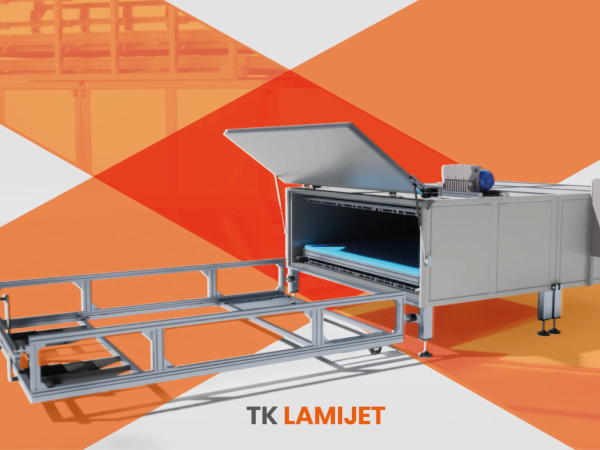
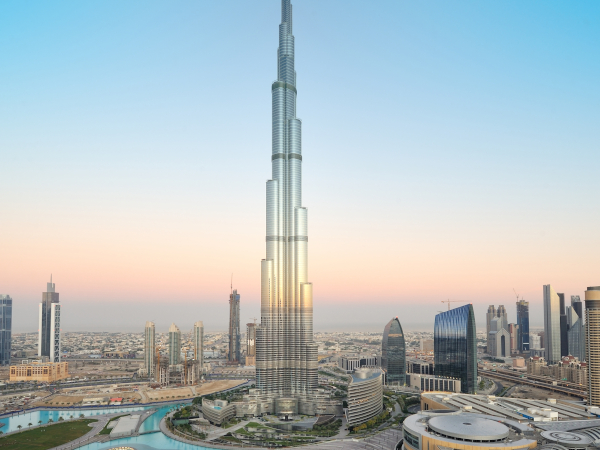
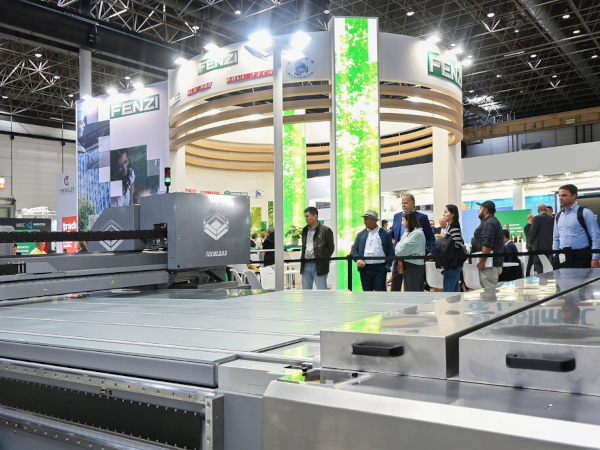
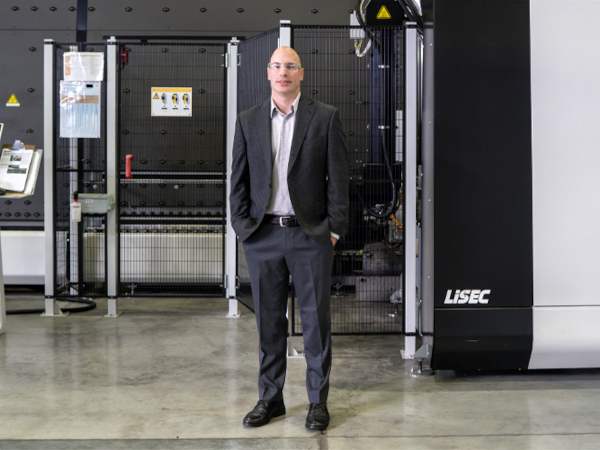
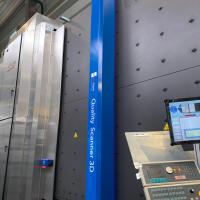

Add new comment